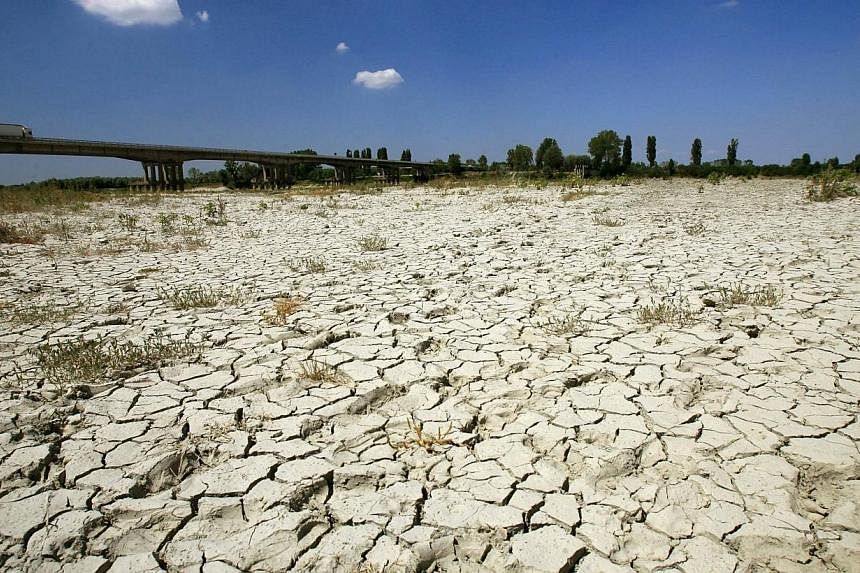PARIS (AFP) - The United States and China, the biggest greenhouse gas polluters, could reduce by a quarter the envisaged 2020 shortfall in emissions cuts required to curtail global warming, researchers said Tuesday.
If they move swiftly to achieve deep cuts in energy from high-carbon fuels like coal and oil, the two countries could reduce emissions by 2.8 gigatonnes of carbon dioxide equivalent (GtCO2e) from current 2020 projections, said a Climate Action Tracker (CAT) analysis.
This meant they alone could "close 23 percent of the emissions gap" of some 12 GtCO2e projected for 2020.
The emissions gap, regularly updated by CAT researchers, is the difference between cuts needed to achieve the UN goal of limiting global warming to 2 degrees Celsius (3.6 degrees Fahrenheit) over pre-Industrial Revolution levels, and what will be achieved on current national policies.
In 2030, collective reductions for the US and China could be as much as 6.7 GtCO2e, said the CAT, as country negotiators met in Bonn for talks on a new, global climate pact to be signed in 2015.
But the analysis was based on a "global best practice" scenario, with cuts much deeper than either China or the US had worked into their national plans.
"China and the USA are currently discussing their 'intended nationally determined contributions' for a 2015 international climate agreement," said the report.
"In determining them, they will be closely watching the other party's proposal... As the largest emitters of greenhouse gases, both could lead by significantly improving their action to global best practice."
Yet, both countries were "expected to deploy more coal capacity in future than is compatible with the 2 C objective," said the report.
"Present policies... where the US is reducing coal by around 20 percent and where China is stabilising coal use by the 2030s, are far from the deep reductions indicated." Sharp gains were also needed in lowering emissions from factories, buildings and car transport, the researchers said.
The Bonn talks are seeking to lay the foundation for the annual ministerial-level talks to be held in Lima in December.
The Peru meeting, in turn, must pave the way to a pact to be signed in Paris next year, that will for the first time will bring 195 nations, rich and poor alike, into the same arena of commitment from 2020.

